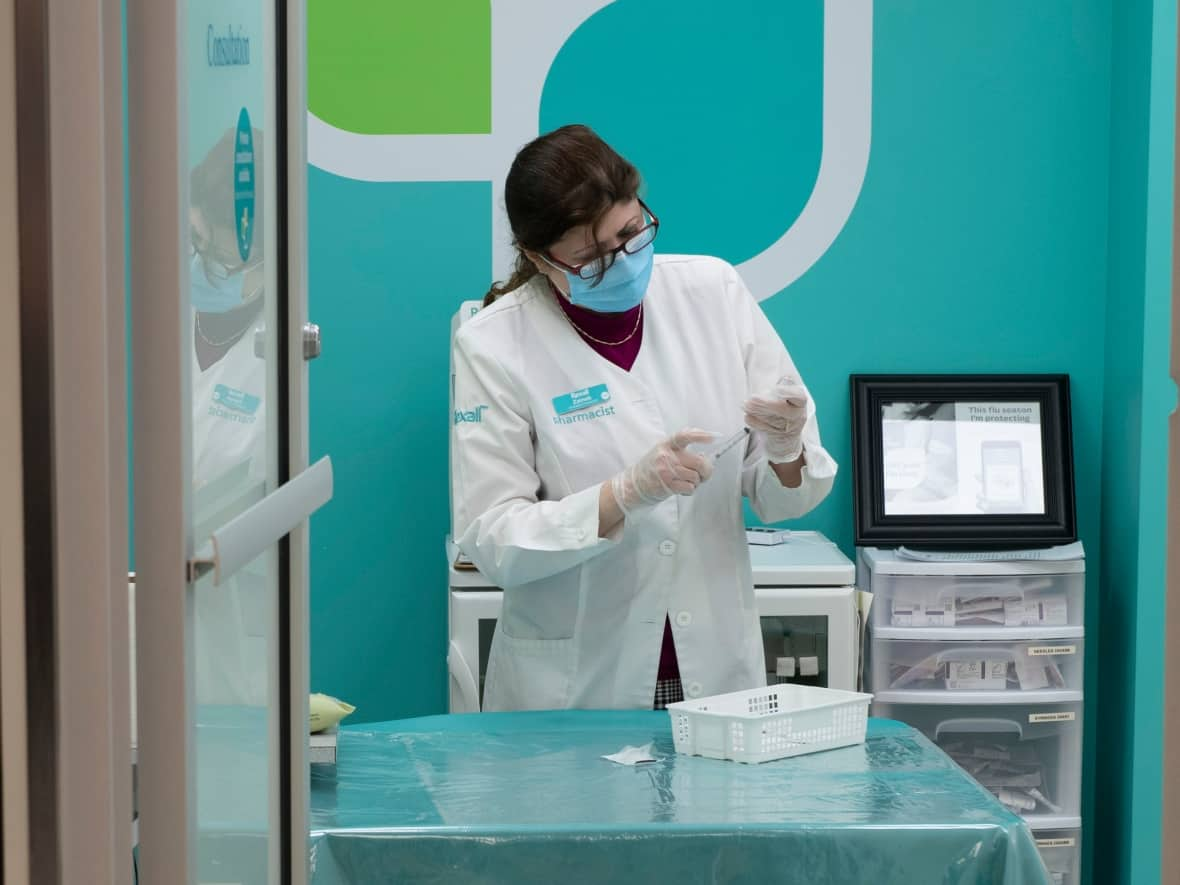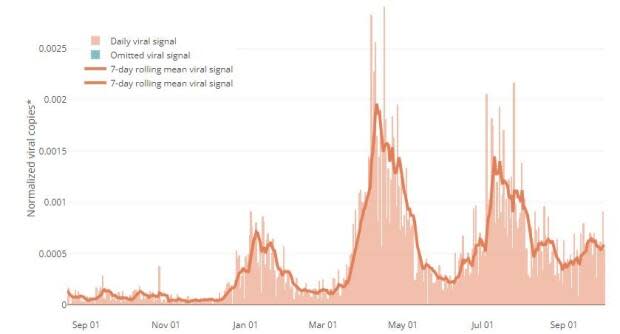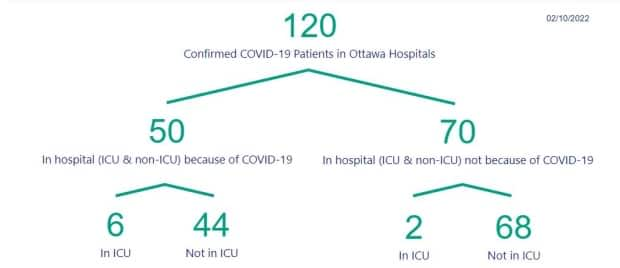Uptick in 4th doses in Ottawa as COVID trends remain steady

Recent developments:
Ottawa's pandemic trends are stable or rising.
More fourth doses administered as bivalent eligibility expands.
2022 now has the most reported COVID deaths in Leeds-Grenvile-Lanark.
The latest Ottawa update
Ottawa Public Health (OPH) says the city is entering another pandemic wave, one that parallels the expected rise of other respiratory viruses.
While COVID-19 vaccines and previous infection give some protection, subvariants continue to emerge.
OPH recommends staying home when sick and following isolation guidance, considering wearing masks indoors and getting the added protection of a COVID vaccine, including the new, updated bivalent booster available to adults.
Wastewater
The weekly average level of coronavirus in Ottawa's wastewater has been high and stable for about two weeks.
As of Oct. 2, levels were slightly above what they were at the end of August and about eight times higher than they were at this time last year.

Hospitals
Thirty-five Ottawa residents have been admitted to a city hospital with COVID-19, according to OPH's latest update. That's been slowly rising back to a level last seen around the beginning of August.
Four patients are in intensive care.
The hospitalization figures above don't include all patients. For example, they leave out patients admitted for other reasons who then test positive for COVID-19, those admitted for lingering COVID-19 complications, and those transferred from other health units.
When you include those kinds of patients, the number remains stable.

Tests, outbreaks and cases
Testing strategies changed under the Omicron variant, meaning many COVID-19 cases aren't reflected in current counts. Public health officials now only track and report outbreaks in health-care settings.
Ottawa's test positivity rate has now risen for about three weeks, currently sitting at 15 per cent. OPH considers that high.
There are currently 46 active COVID outbreaks in Ottawa, which is stable.
OPH reported 509 more cases over the last week (there wasn't an update on Friday for the federal holiday) and six more deaths, all people aged 70 or older.
Vaccines
About 14,100 COVID vaccine doses were given to Ottawa residents in the last week. That's a large increase; the total over the previous three weeks was 16,100 doses.
There were more than 12,000 fourth doses given in the last seven days. Bivalent booster eligibility expanded last Monday and there was a matching increase in the number of bivalent doses given in Ottawa starting that day.
As of the most recent weekly update, 93 per cent of Ottawa residents aged five and up had at least one COVID-19 vaccine dose, 90 per cent had at least two and 61 per cent at least three.
Twenty-four per cent of Ottawans aged 12 and older had at least four. Children 12 to 17 are only eligible if they're significantly immunocompromised.
About 7,800 residents under age five have had a first dose, which is about 17 per cent of Ottawa's population of that age group. That's about 100 more doses over seven days.
Across the region
Spread
As of the most recent update, wastewater levels are rising and high in Brockville and Kemptville, and they are high and stable in Smiths Falls. Trends are stable in Kingston and rising to its west.
They're low and stable in Casselman and Cornwall. Data from other areas is out of date or unavailable.
The Kingston area's health unit reports 20 per cent of its COVID tests are coming back positive. It's around 17 per cent in the Belleville area and 13 per cent in both Renfrew County and the Eastern Ontario Health Unit (EOHU).
Hospitalizations and deaths
Western Quebec's health authority, CISSSO, reports a stable 80 COVID hospitalizations. One of them is in intensive care.
Eastern Ontario communities outside Ottawa are reporting a rise to about 50 COVID hospitalizations, 10 of them in intensive care.
That count doesn't include Hastings Prince Edward (HPE) Public Health, which has a different counting method. It reported 35 COVID hospitalizations with three intensive care patients, similar to its numbers in mid-to-late September after a rise last week.
Leeds, Grenville and Lanark counties reported its 122nd overall COVID death in its weekly Tuesday update. It has now reported 57 COVID deaths in 2022, more than either 2020 or 2021.
The health authority for the Kingston area reported two more COVID deaths, bringing its total to 84. The EOHU reported its 259th total death.
Health authorities in eastern Ontario and western Quebec have reported more combined COVID deaths in 2022 than either 2020 or 2021.
Vaccines
Across eastern Ontario, between 81 and 92 per cent of residents age five and up have received at least two vaccine doses and between 52 and 64 per cent of those residents have had at least three.
Residents of the wider region have now received more than 5.8 million vaccine doses combined.


